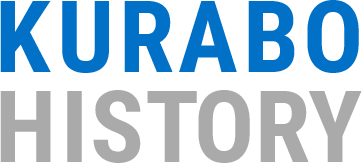Kurabo History
Branching Out and Serving Society
The Kurabo Group got its start as a spinning mill
in the city of Kurashiki in Okayama. Since then,
it has gone on to expand business into diverse
areas. Kurabo has also been a key social contributor,
spreading its community service into new fields
based on the founding president's spirit of serving
people. Let's take a look at Kurabo's history of
branching out and serving society, inspired by the
spirit and passion to boldly take on challenges.
1888
- Textiles
- Serving society
Kurashiki Spinning Works was founded (start of textile business)
“Let’s build a great factory here and foster industry.”
The passion of three spirited young men stirred the public to action.
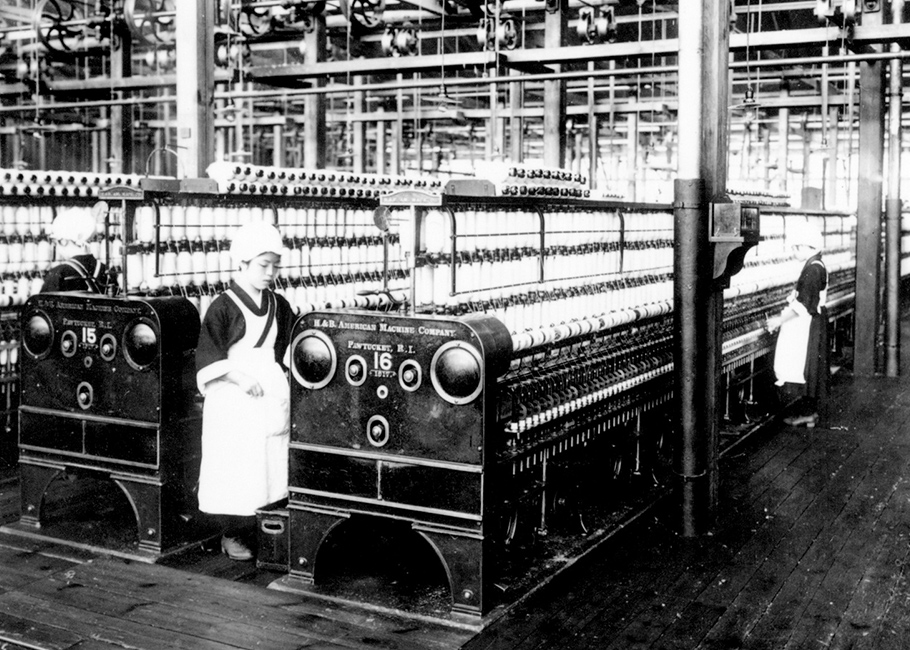
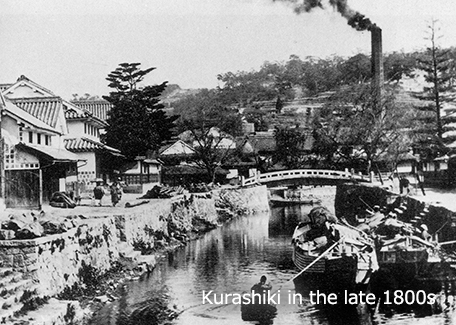
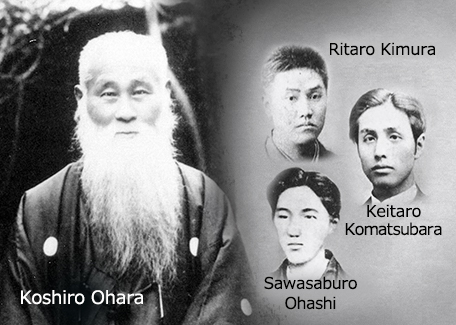
Originally built on reclaimed land, Kurashiki was up until the mid 1800s a village that grew cotton, which is more resistant to salt than rice is, and enjoyed a thriving trade in cotton products. However, as a new social system was emerging in Japan in the late 1800s, Kurashiki had no industries to speak of apart from being a distribution center for rice and cotton. When it was hit by high taxes, floods, and epidemics, Kurashiki fell into poverty with few employment opportunities. Around this time, the Japanese government was leading efforts to establish spinning mills around the country, and several young men in their 20s who were concerned about Kurashiki’s situation decided that the village was precisely the place to build such a mill. They launched a plan and secured the blessings and investment of Kurashiki’s wealthiest family, headed by Koshiro Ohara. Many residents of Okayama Prefecture were firmly behind this plan for the establishment of this new business, and they rushed to buy shares in the company. With Koshiro making up the remainder of the necessary investment, the mill’s realization was in sight. On March 9, 1888, Kurashiki Spinning Works was launched with Koshiro as its inaugural president. The following year, the head office mill (today’s Kurashiki Ivy Square) was built and was furnished with state-of-the-art spinning equipment from the U.K. This marked a giant leap forward for Kurabo.
1893
Company was renamed Kurabo Industries Ltd.
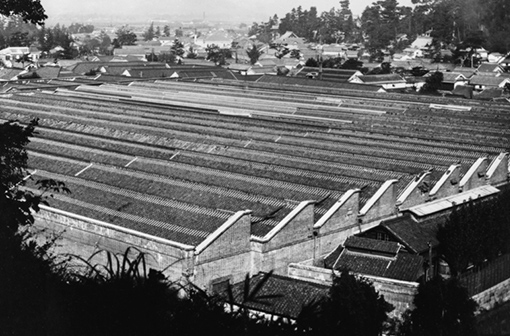
Following the enactment of Japan’s Commercial Code, the company was renamed Kurabo Industries Ltd.
1895
- Textiles
Export of cotton yarn began under the Mitsuuma brand name
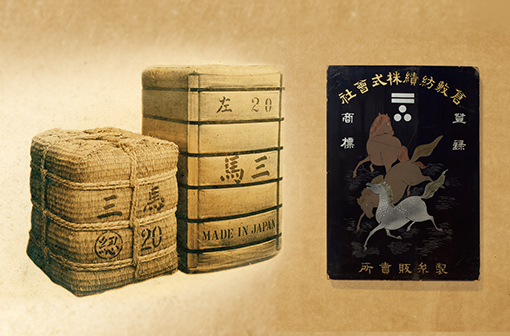
When Kurabo began exporting cotton fiber to China, the company created the Mitsuuma (meaning “three horses”) trademark. This mark came to symbolize proven, high-grade cotton yarn.
1900
KURABOHISTORY
1902
- Serving society
Basic education for employees began
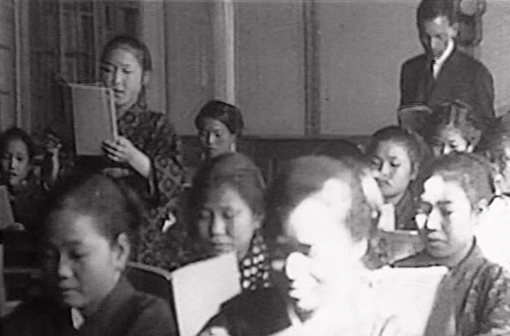
Based on Kurabo’s labor idealism that “Business cannot prosper unless employees are happy,” the company strove to provide employees with basic education and personal development by establishing facilities inside the mill such as an elementary school and a handicrafts school.
1909
- Serving society
Kurashiki Dento was established
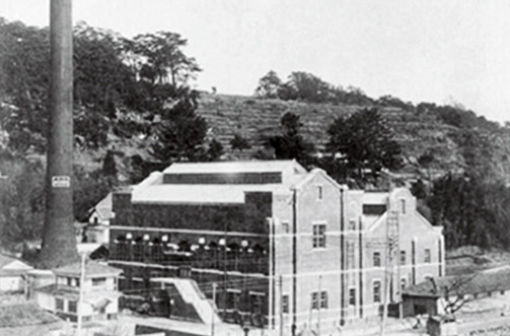
Foreseeing that electricity would inevitably revolutionize industry, Magosaburo Ohara established Kurashiki Dento (now the Chugoku Electric Power Company, Inc.). The power plant contributed to the region by providing electricity to Kurashiki.
1921
- Serving society
The Kurashiki Labor Science Institute was established
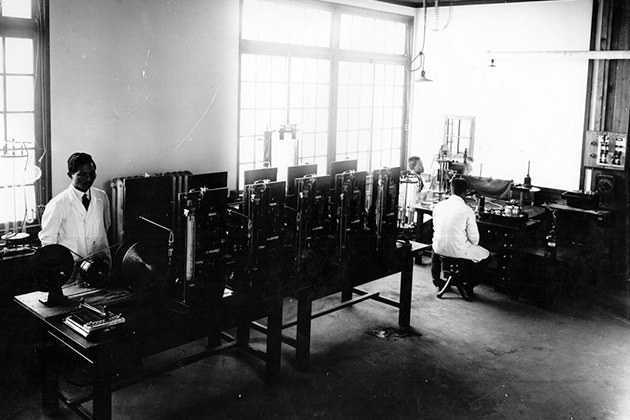
Around this time, many employees of spinning mills in Japan were suffering from mental and physical health problems due to things like late nights of work and a harsh work environment. Magosaburo Ohara, Kurabo’s second president and a proponent of “labor idealism,” was concerned about this situation. Convinced that these problems could be solved through scientific techniques, he launched a program of experiments and surveys. This was the impetus for the establishment of the Kurashiki Labor Science Institute (now the Ohara Memorial Institute for Science of Labor), a hub of all areas of science related to labor.
1923
- Serving society
The Kurabo Central Hospital was opened
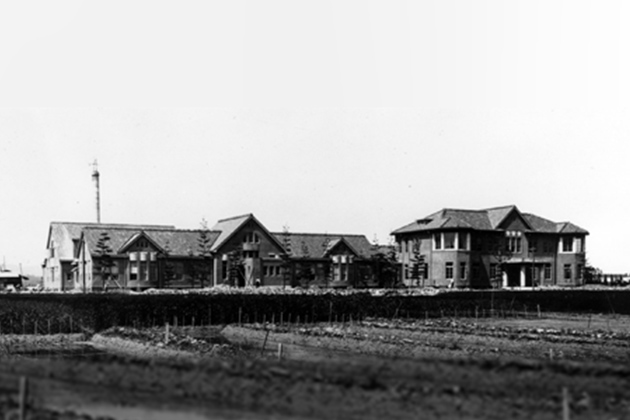
Kurabo president Magosaburo Ohara decided to build a hospital so that he could take care of his employees, who numbered almost 10,000. He also couldn’t bear the fact that there were insufficient medical facilities to treat local residents who had contracted the Spanish flu, which was sweeping through western Japan at the time. Kurabo Central Hospital (now Kurashiki Central Hospital) opened with state-of-the-art facilities and equipment and staffed by highly skilled medical personnel. Dedicated to providing the very best care, the hospital boasted facilities including a greenhouse where patients could enjoy seasonal flowers. Built at first to care for Kurabo employees, it soon opened its doors to all citizens requiring care.
1925
- Textiles
Kurashiki Kenshoku Co., Ltd. was established
Looking to steer the company towards diversifying its synthetic fiber business, Magosaburo established Kurashiki Kenshoku Co., Ltd. (now Kuraray Co., Ltd.) to get into the field of rayon, a chemical fiber.
1930
KURABOHISTORY
1930
- Serving society
The Ohara Museum of Art was opened
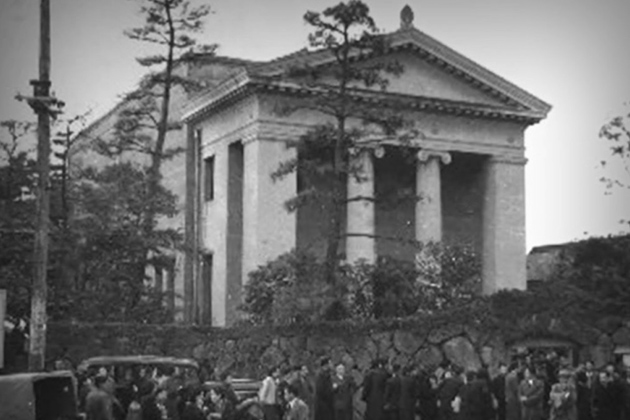
Japan’s very first museum to feature Western art, the Ohara Museum of Art was established by Magosaburo Ohara in memory of his lifelong friend, painter Torajiro Kojima. Torajiro studied art in Europe and wanted to give students in Japan the chance to see Western art, so he purchased European paintings with the full support of Magosaburo. The works he brought back, including Monet’s Water Lilies and El Greco’s Annunciation, had a huge impact on Japan at that time.
1957
- Textiles
Entered the overseas market
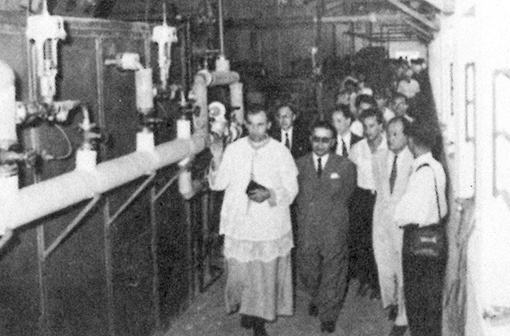
While most Japanese companies were operating only in Japan, Lanificio Kurashiki do Brasil S.A. (now Kurashiki do Brasil Textil Ltda.) was established as Kurabo’s first overseas production base.
1960
KURABOHISTORY
1962
- Chemical products
The chemical products business was launched
The polyurethane business marked the beginning of a diversification strategy into new fields and new world markets.
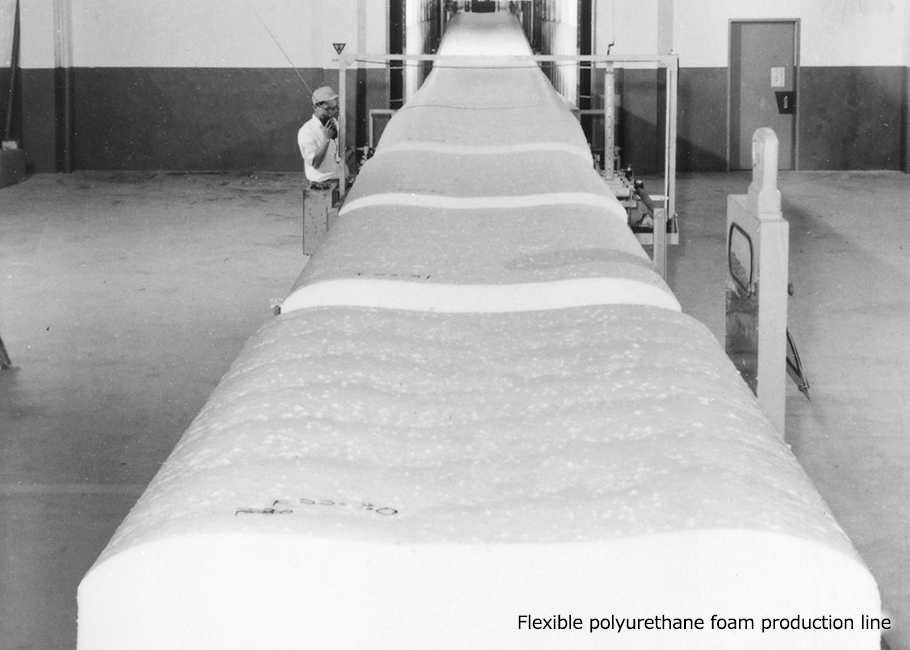
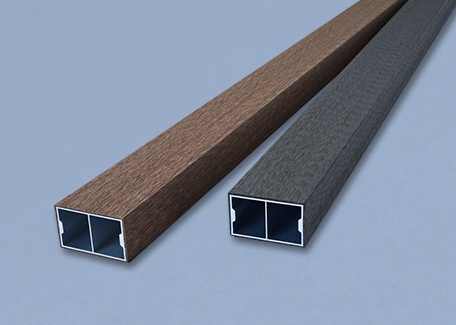
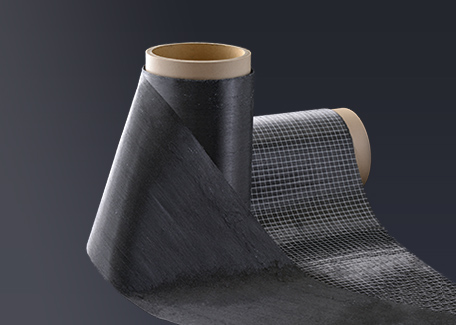
Kurabo built its business foundation in textiles but began to plan entry into new fields. Its first foray was into polyurethane products, which at that time were beginning to be used for things like bedding in Europe. Focusing on flexible polyurethane foam, which had significant potential for use in mattresses and furniture, we decided to go into the chemical products business.
Before long, our development and manufacture of polyurethane foam extended into applications such as car seat cushions and building insulation material. This led us to combine the technologies we had built up to create synthetic wood that did not corrode or change color, and that had impact resistance and excellent durability and weather fastness. This development coincided with increasingly advanced needs in industrialized housing, prompting us to enter the field of housing construction material. Today, our chemical products division collaborates with other Kurabo divisions to fuse technologies for the semiconductor-related products field. We are focusing on the business of functional film that utilizes resin-blending technology in order to create high-value-added products.
Current chemical products business The origins of chemical products
1962
- Food and Services
The food and services business was launched
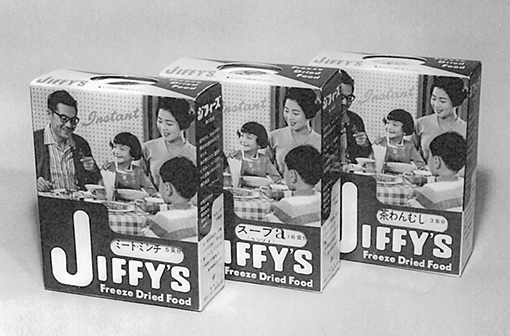
Kurabo entered the food business when the group acquired Japan Instant Foods (now Japan Jiffy Foods, Inc.), pioneers in the development of freeze-dried food in Japan.
1964
The Technical Research Laboratory was established
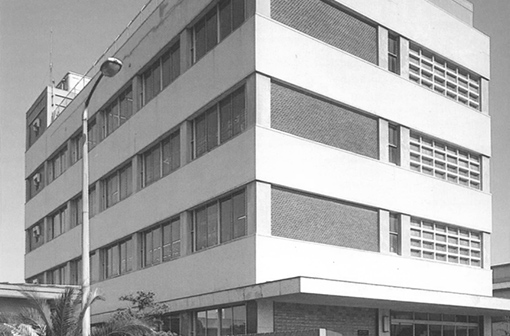
The Technical Research Laboratory was established as an in-house, independent technological research institute in order to secure research equipment and facilities and human resources.
1970
- Advanced Technology
The engineering business was launched
Thinking outside the box to solve environmental pollution
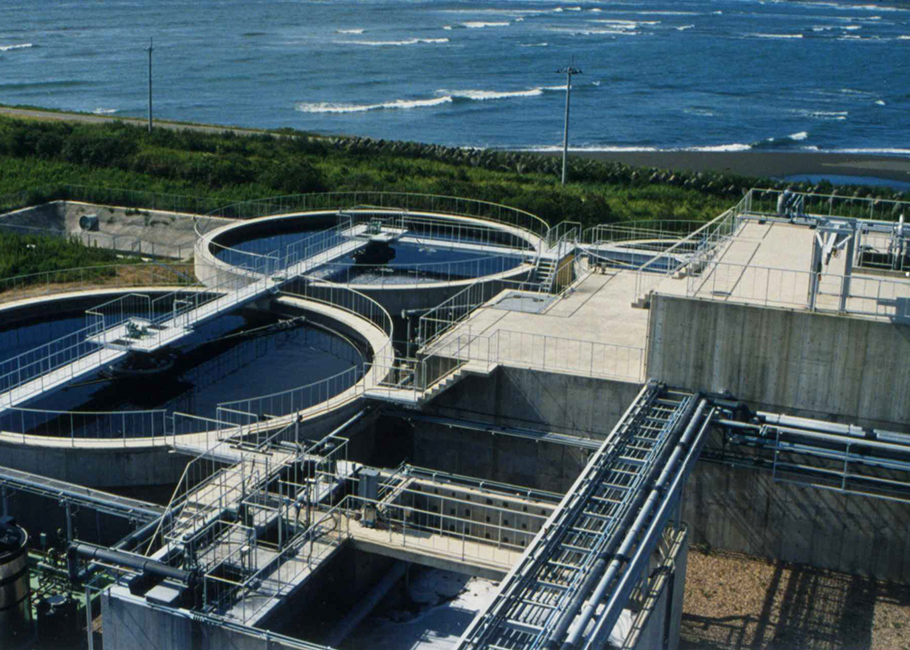
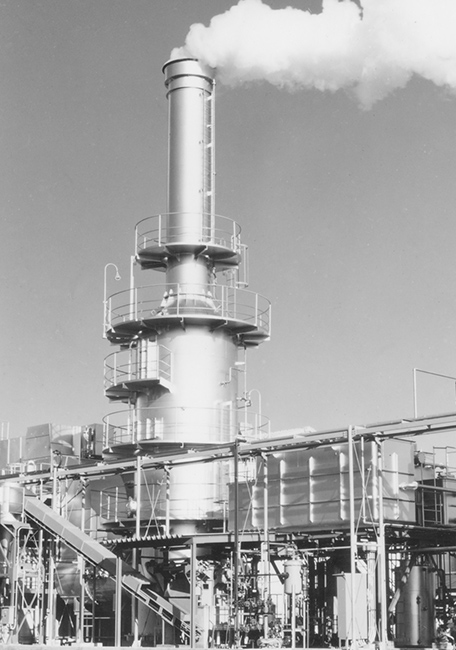
Along with rapid economic growth comes environmental pollution in industrialized countries. At Kurabo, we struggled with the treatment of alkaline wastewater and flue gas from our factories. To bring alkaline wastewater down to within pH standard values, expensive acid neutralizer would be required. In addition, sulfur oxides (SOx), the cause of air pollution and acid rain, would have to be removed from the flue gas of the factory boiler and incinerator.
To solve these problems, we developed our own revolutionary KBCA flue gas desulfurization system, in which flue gas is dissolved in alkaline wastewater to neutralize the wastewater and at the same time effectively remove the SOx in flue gas. By thinking outside the box, we turned a negative into a positive—eliminating pollution while creating an environmentally friendly waste treatment system. This system not only solved Kurabo’s problem of how to treat sludge in plant wastewater; it also launched our start as an environmental plant manufacturer. We went on to successful developments like the KISCAM system for removing dioxins from exhaust gas and an in-water treatment system. We continue to develop basic technologies to help customers achieve the most environmentally friendly plants.
1970
- Textiles
Entered the denim business
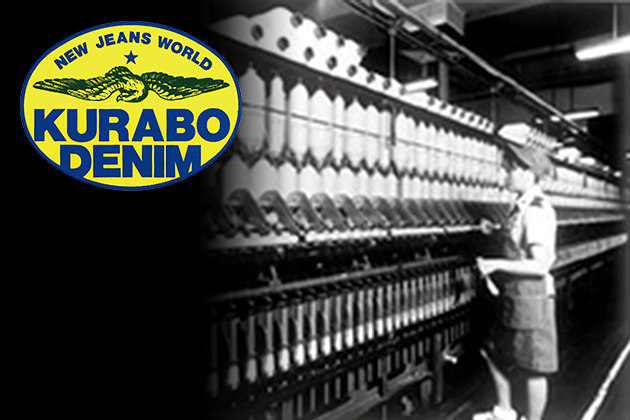
Jeans and denim fabric in Japan used to come exclusively from American imports. But Kurabo foresaw jeans as a global fashion trend and early on began research into denim raw yarn. In 1970 we became the first company in Japan to launch a denim manufacturing business. In 1973 we installed spinning machinery to make denim yarn and began selling Japan’s first denim fabric, KD-8.
1973
- Food and Services
Entered the hotel business
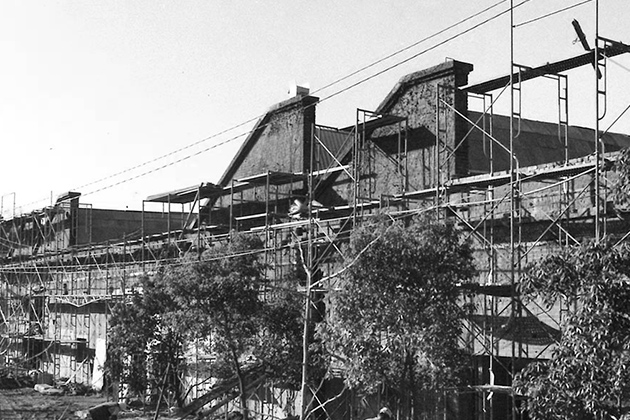
Kurabo entered the hotel business with completion of Kurashiki Ivy Square, a hotel and cultural complex housed in Kurabo’s very first head office spinning mill. No longer in use after World War II, the mill was restored to its original late-1800s look, with an impressive ivy-covered red-brick exterior. Back when the building was a spinning mill, the ivy—like in the name “Ivy Square”—served president Magosaburo Ohara’s desire to create a healthy work environment in harmony with nature: it blocked the sun in summer to keep the interior cool, but in winter its leaves fell to allow the sun to warm the mill’s interior.
1976
- Advanced Technology
The electronics business was launched
A pioneer in developing systems dedicated to color, a key to quality
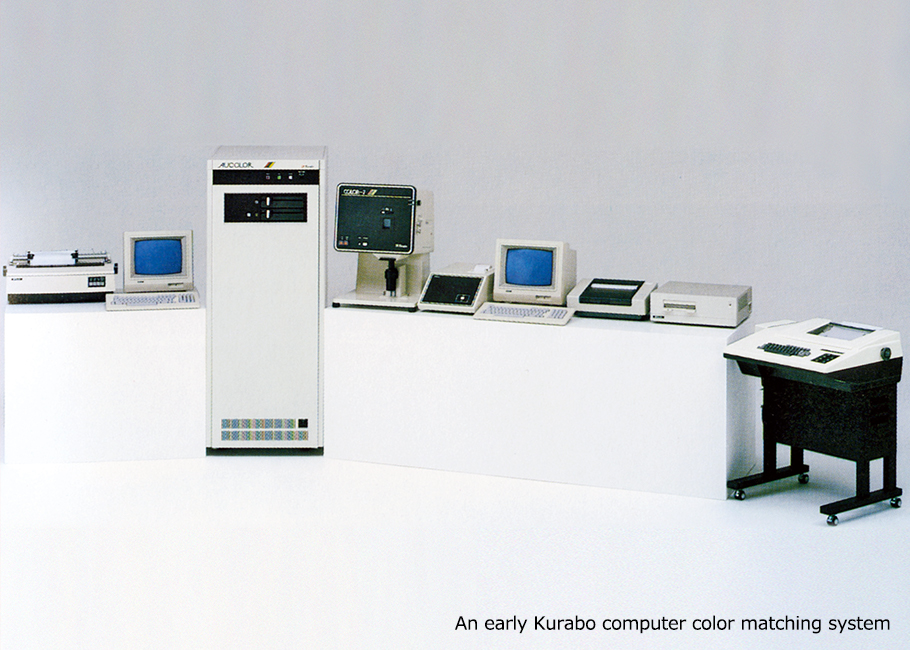

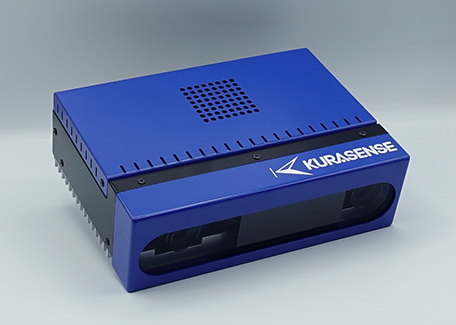
In 1976, Kurabo launched the Information Systems Development Department (now the Electronics Field, Advanced Technology Division). The impetus for this was our successful development of electronic technologies to control color in our in-house textile dyeing plant. This was realized when we successfully made computer color matching (CCM) systems that use computers to do the work of preparing color, a job which had been conventionally done by physically blending dyes.
This technology has come to be used in all sectors that deal in colors, providing a strong tool for color adjustment and measurement. Furthermore, the software technology and sensing technology created in this field has provided the basis for advancements in information processing and inspection and measurement. For example, in information processing, the technology links with CAD/CAM for use in imaging solutions and production control systems; and in inspection and measurement, the technology is used in high-speed precision inspection and measuring systems.
1980
KURABOHISTORY
1982
- Advanced Technology
The biomedical business was launched
Product lauded as one of the three most important pieces of equipment in the gene analysis field
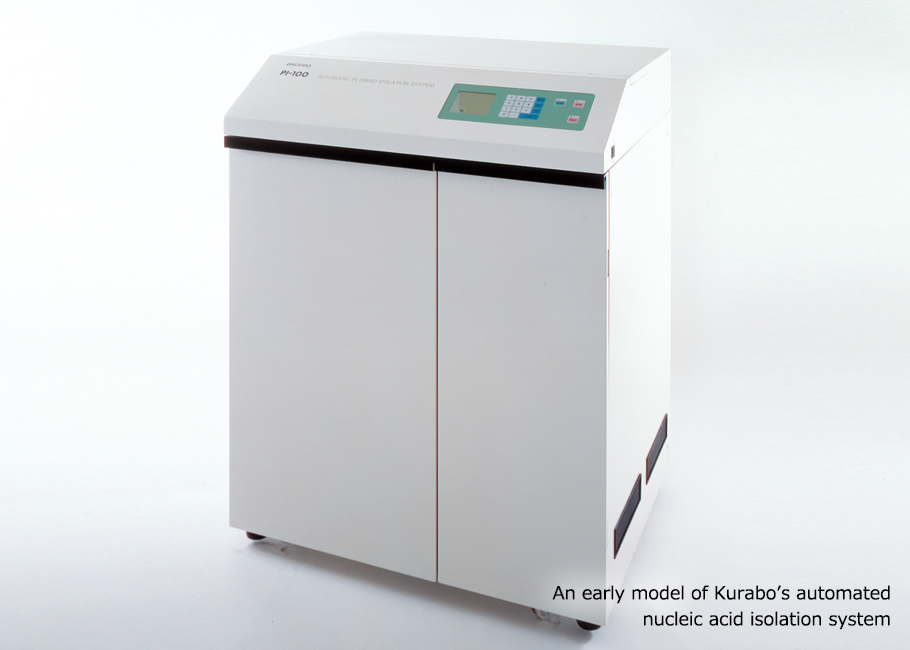

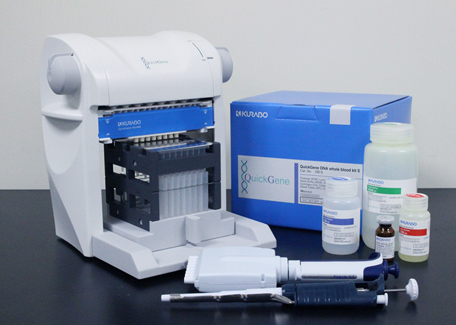
The biotechnology boom arrived with the ability to handle genes inside test tubes. Research institutes everywhere began extracting genes, but at that time it was still all done by hand. Gene extraction was a delicate process that had to proceed with the utmost care, and many researchers had to take significant time to carry out this menial work. To make this work easier, Kurabo launched its biomedical project. Using our technical foundation comprising the bioengineering and mechatronics technologies of our Technical Research Laboratory, through trial and error we eventually developed our first automated nucleic acid isolation system. This system was compatible with laboratory automation, which was rapidly spreading at the time, and it earned praise from many researchers. This creative and low-cost system responded to the needs of the times, especially with the start of the Human Genome Project a few years later. This made it lauded as one of the three most important pieces of equipment in the gene analysis field. Today, its use has spread to include gene analysis reagents and cell culture reagents in the food and medical fields.
1987
- Real estate
Entered the real estate business
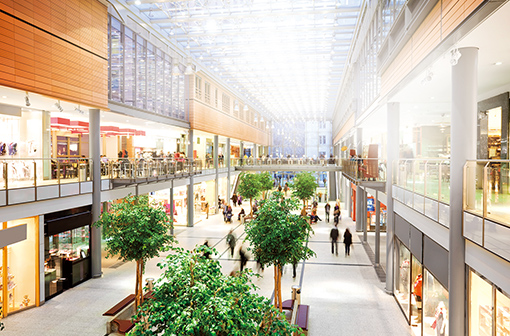
Kurabo launched the Assets Promotion Project (now the Real Estate Division) in order to make use of idle land.
1988
“Kurabo” was adopted as the official company name
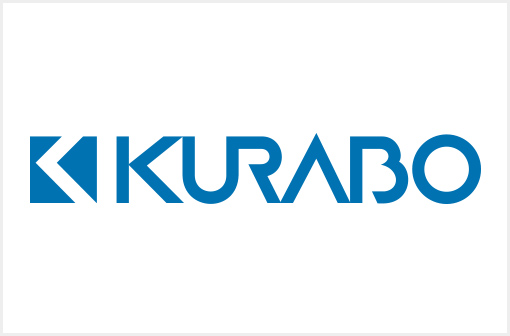
To commemorate the company’s 100th anniversary, on March 9, 1988 “Kurabo” was adopted as the official company name and a new corporate logo was designed.
1996
- Textiles
The Tokushima Plant was completed
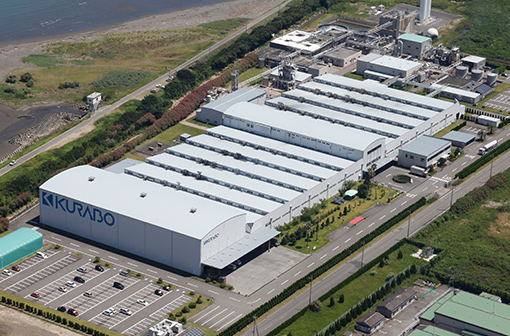
Kurabo completed construction of the Tokushima Plant (in Anan, Tokushima), a facility furnished with the latest environmental equipment for developing and carrying out dye processing.
2000
KURABOHISTORY
2012
- Chemical products
Entered the super engineering plastic film business
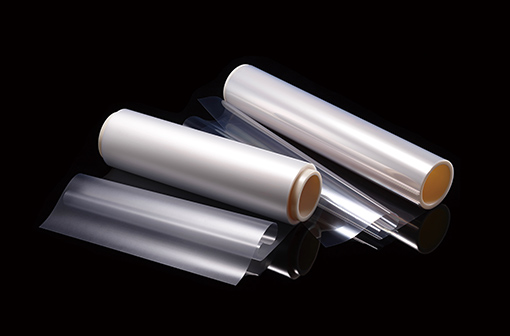
Construction was completed on the Mie Plant (in Tsu, Mie), expanding the company’s film business and marking entry into the super engineering plastic film business.
- Chemical products
The Kumamoto Development Center was opened
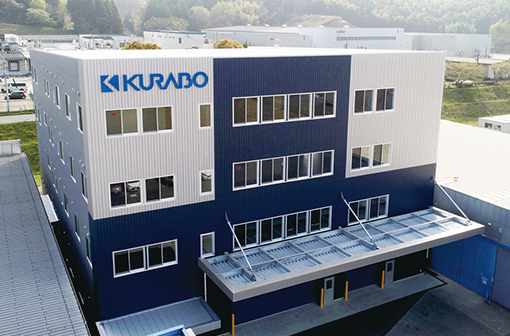
Kurabo established the Kumamoto Development Center (now the Kumamoto Office and R&D Center, in Kikuchi, Kumamoto). The site develops and manufactures highly functional resin products for use in semiconductor manufacturing equipment.
2016
The Kurabo Advanced Technology Center was completed
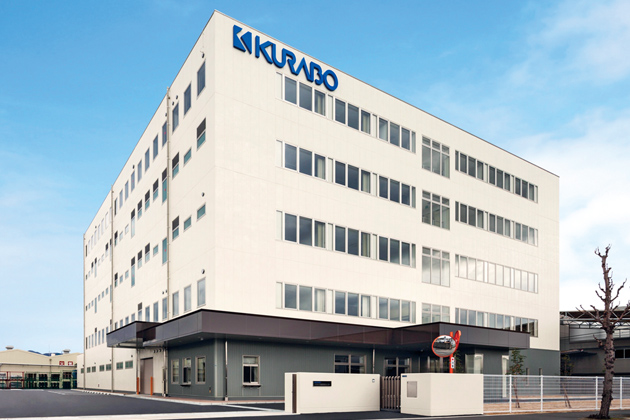
Construction was completed on the Kurabo Advanced Technology Center (Neyagawa, Osaka), a technological research laboratory aimed at creating technologies and developing products that differentiate us from competitors. The site paves the road to Kurabo’s future by bringing together engineers from various fields who collaborate using state-of-the-art testing and evaluation equipment. The center also links with the development divisions of Kurabo and its group companies to drive the creation of new businesses.
2016
- Advanced Technology
The biomass power business was launched
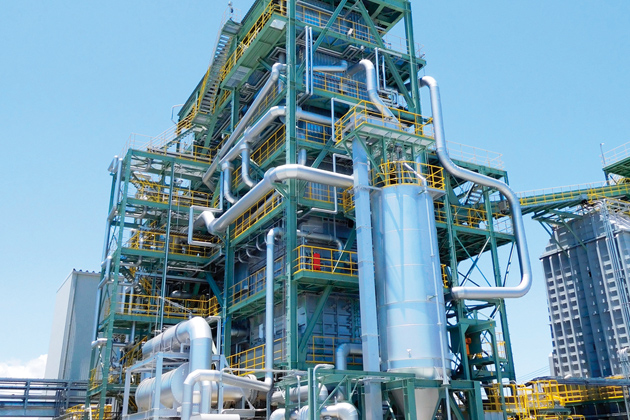
Utilizing proprietary technologies built up in the engineering business, Kurabo completed an environmentally friendly wood biomass power generator at the Tokushima Plant. Using timber from forest thinning and other wood as fuel, this wood biomass power generator combines steam turbines with a fluidized-bed boiler using an improvement on Kurabo’s fluidized incinerator technology. By mainly using forest thinnings from Tokushima, the generator helps maintain forests and boosts the local forestry business.
2017
- Textiles
Began developing smart clothing
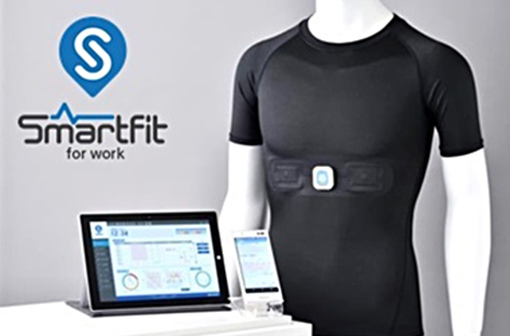
Focusing on measures against heat stroke as a new business area that could help solve a problem in society, we began developing a risk management system in which wearable devices on smart clothing are used to give real-time analysis of big data such as physical information about the wearer. The following year, Smartfit for Work went to market.
2018
- Textiles
The Textile Innovation Center (TIC) was opened
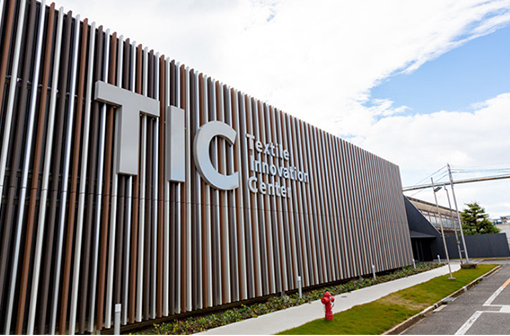
We established the first R&D base in our textile business in the Anjo Mill (Anjo, Aichi). Managed directly by the Textile Business Division, the TIC comprises specialists in spinning, weaving, dye processing, and sewing. It conducts R&D for Kurabo’s next generation and fosters engineers.
2020
- Advanced Technology
The robot business was launched
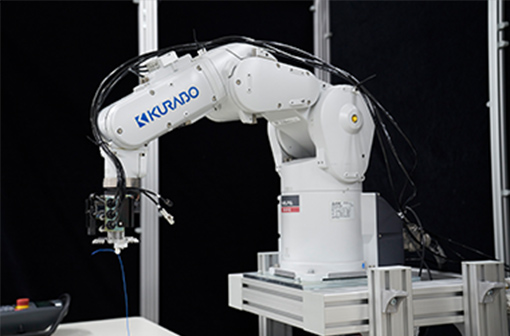
Kurabo developed the KURASENSE 3D vision sensor for robots by combining proprietary high-speed image processing and 3D measurement technologies. This marked the start of the robot business, which will commercialize first-of-a-kind products, such as robotic systems that automate the work of inserting flat cables. Built around vision sensing technology, these systems will automate the handling of any kinds of flexible objects in manufacturing processes.
2021
- Chemical Products
3D printing business for construction was launched
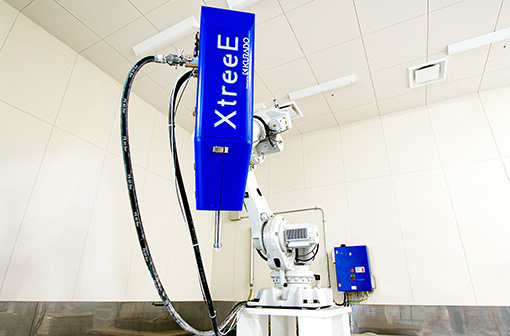
Leveraging the expertise in extrusion molding technology built up in its construction material business, Kurabo installed 3D printing equipment for construction that uses cement materials. This allows the company to take advantage of 3D printing’s ability to quickly mold sophisticated designs in producing a wide range of structures for exterior and decorative purposes, thus meeting the needs for higher productivity and greater design diversity in the construction industry. This contributes to the construction industry achieving the SDGs and digital transformation.

